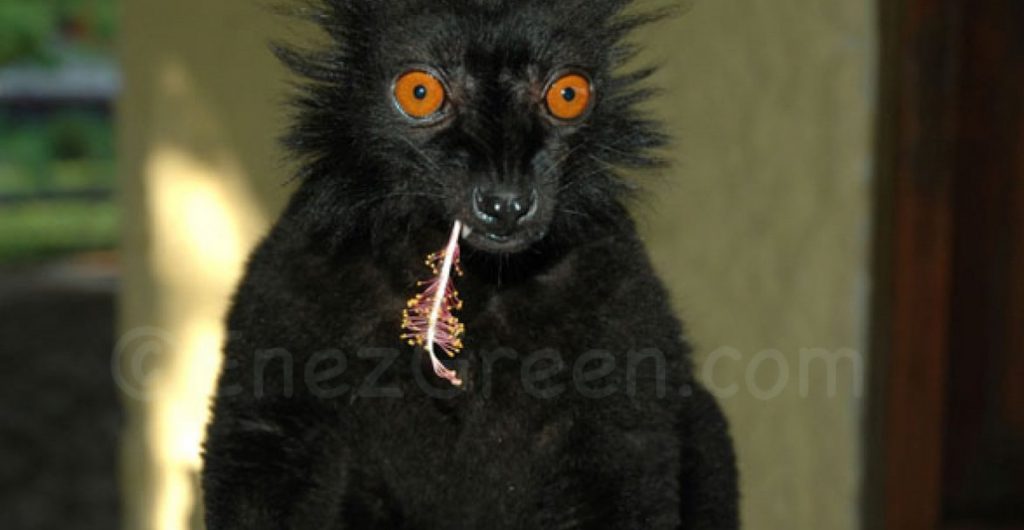“Lemurs are the goose laying the golden eggs for Madagascar”
As much as 80% of the animals of Madagascar are endemic to the island. Madagascar is the only place in the world to see tenrecs, fossas, and lemurs in the wild. 50% of the world’s chameleon species are found in Madagascar, and the county offers speactacular whale watching opportunities as well.
The biggest reason for the extreme destruction of wild life and lemur habitat over the last few centuries has been slash-and-burn agriculture, which clears the land for both cattle grazing and rice paddies, the two most important sources of income and sustenance for the locals. Not only does this tear down trees that lemurs call home and depend on for sources of food, but it also opens the delicate soil to much more rain than it can take, causing massive erosion that has further decimated the landscape. But it is hard to tell these people to stop these practices when it is their only source of income.
Ancient hunters reconvert to eco guide
Ecotourism can be worth millions of dollars per year to Madagascar’s economy. But local people in villages surrounding the national parks and reserves need to see and feel the economic results themselves to be persuaded.
Madagascar is one of the poorest countries in the world. Per capita income in the villages is about $200 USD per year. But guides can make $50 a day during the busy season. Thanks in part to this significant rise in income, the hunters have now become the conservationists. Luckily, many local Malagasy are already starting to see results, and it is making a difference for wildlife. Not too many years ago, the indri, the largest living lemur, was hunted frequently for food.



